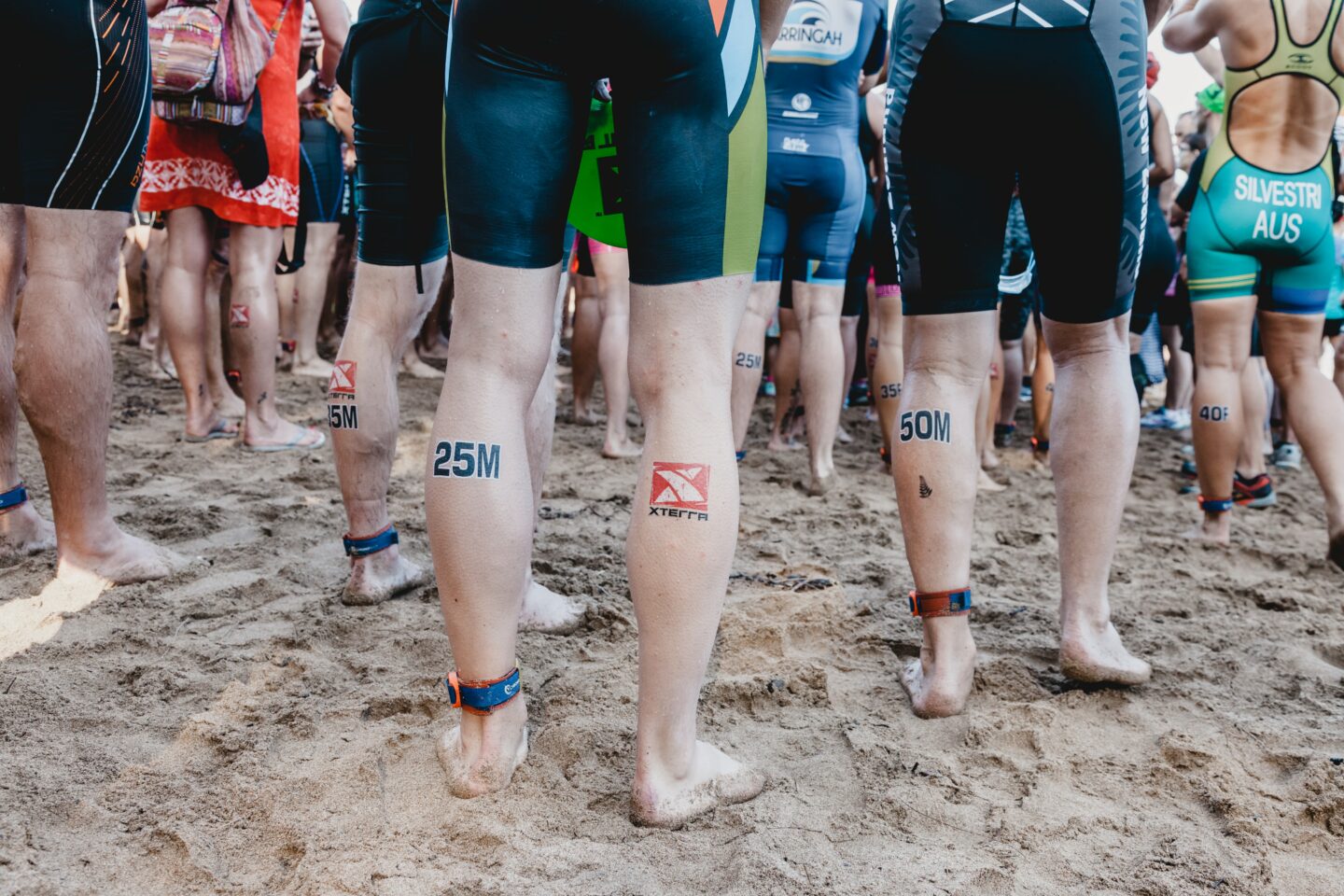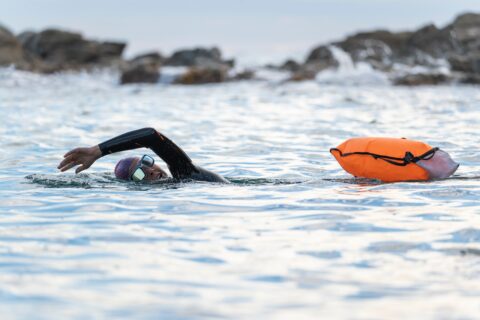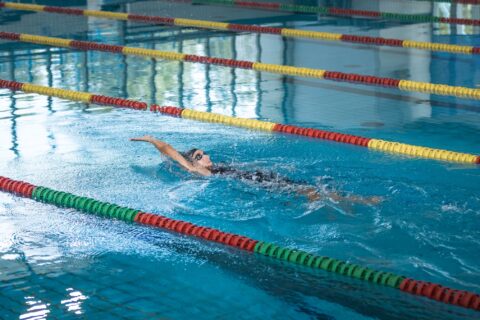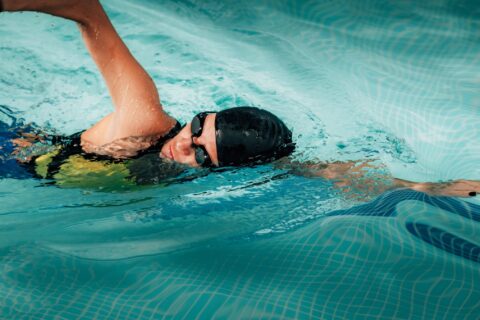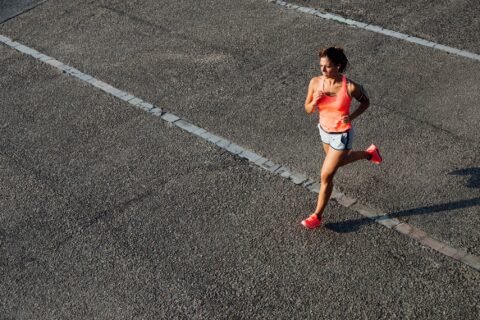If you’re new to triathlon, equal training among the three sports may be all you need. But for advanced athletes, a more sophisticated approach involves unequal distribution between the disciplines.
If you’re new to triathlon, equal training among the three sports may be all you need. But for advanced athletes, a more sophisticated approach involves unequal distribution between the disciplines.
